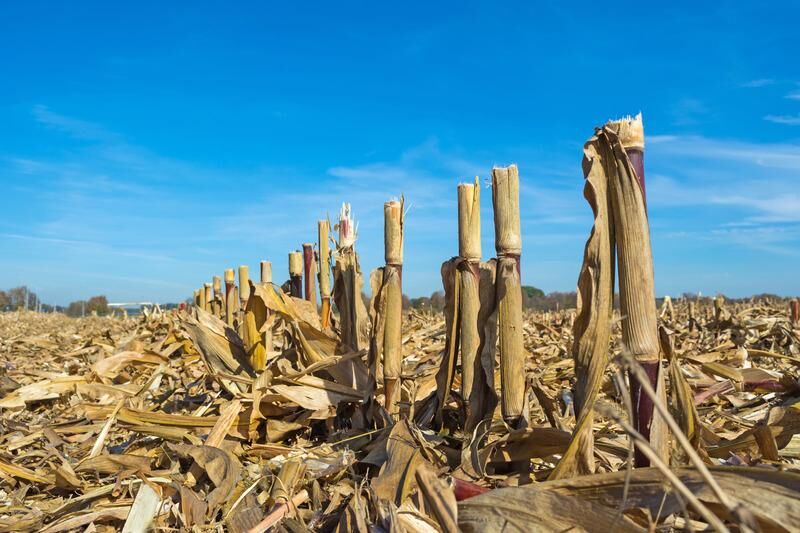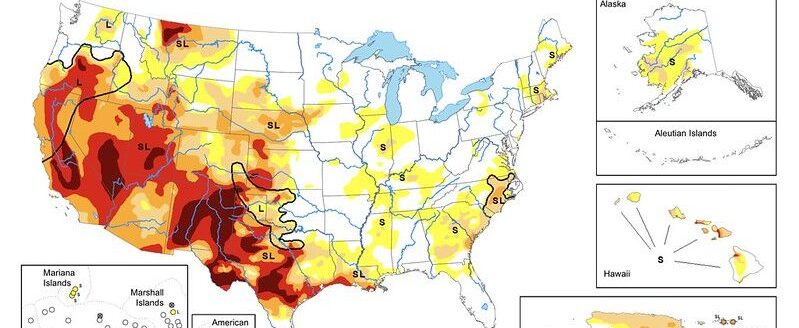Having cornstalks to graze is a great resource for livestock producers. For dry cows, it is a relatively inexpensive feed that can typically meet or come very close to meeting nutritional needs. Grazing can also help get rid of corn remaining in the field and help reduce volunteer corn the following year.
Cattle primarily consume leaf, husk and leftover corn. The stem or stalk makes up about 48.5% of the residue by dry weight, while the leaf blade and husk make up 39.6%. Cattle will consume leaf and husk if available. That diet will consist of 52% to 55% TDN (total digestible nutrients) and 5% to 5.5% crude protein.
When thinking about how long to graze corn residue, start your calculation as follows: For every bushel of corn produced, there is 16 lbs. of dry leaf and husk available immediately after grain harvest. If your grazing plan is to remove 50% of the leaf and husk, this leaves us with about 8 lbs. of good forage, on a dry matter basis, available to graze for every bushel of corn produced. This takes into account trampling, defecation, wind and other losses. Therefore, if the field produced 200 bu. per acre, that’s 1,600 pounds of forage grazing per acre now available. A general stalk grazing rule is, there are about 30 cow days per 100 bushels of corn produced.
What about assessing how much downed corn is in a field? Cattle need to be worked up on heavy corn diets and cows shouldn’t be allowed to eat more than 10 to 15 pounds per day, especially right away. To know how many bushels per acre are in the field, walk 100 feet in three places in the field. Count the ears you find between two rows and divide that number in half. That’s how many bushels per acre of downed corn.
Grazing corn stalks is a great resource and done right can really add value to any operation.




